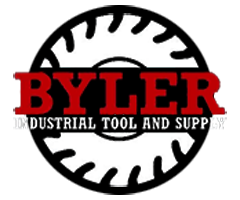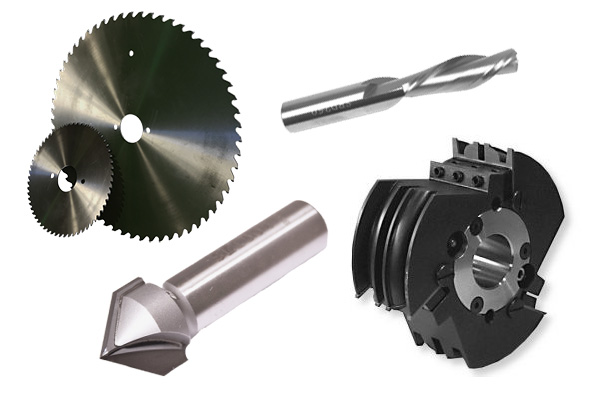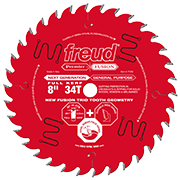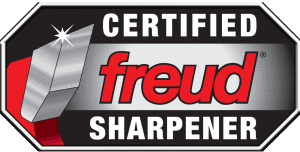Whether your business involves cutting metal or wood, your saw blade is one of the most integral pieces of equipment in your shop. When it becomes less efficient, it costs you time and money. And while it’s important to replace your saw blade regularly to maximize your turnaround times, it’s equally important to know when you should change it.
Watch for These Signs to Know When Your Saw Blade Needs Replacing
Efficient and sharp saw blades utilize microscopic edges to quickly and effortlessly cut through metal and wood. Because the effectiveness of a saw blade is determined by these tiny edges, it can be difficult and often impossible to determine its sharpness with the naked eye if the blade has just become dull. That means you could be cutting for days, weeks, or even months with an ineffective saw blade.
And while you don’t need a microscope to check out the edges of your saw blade, there are a few important signs to watch out for that will let you know when it’s time to replace it:
Sluggish cutting
You should feel little to no resistance when cutting through metal or wood with a properly sharpened saw blade. If the blade requires more force than usual or seems to hit snags during the cutting process, it has probably become dull and needs to be replaced—especially if you’re not cutting new materials.
Burns on wood
If you use your saw blade to cut wood, be sure to thoroughly inspect each piece after you cut. Burn marks are common, and not only are they unsightly, but they’re also great indicators of a saw blade that has lost its sharpness and effectiveness.
Difficulty following cut lines
Sharp saw blades should move smoothly along cut lines. If you’re finding that your finished wood or metal pieces are jagged or aren’t as precise as you want them to be, it may be because your saw blade is too dull to cut through the material without force, leading to inaccurate cutting.
Loud sounds from the saw
Metal and wood saws are loud during operation, but they can become significantly louder and even change pitch when dull saw blades are attached. Pay attention to the sound that your saw blade makes when it’s working at peak efficiency and remember it. If the sound changes, or if the motor seems to be working harder than usual, it probably means your saw blade has lost its sharpness.
In addition to these tips, you should also visually inspect your blade. Although it’s hard to determine when a blade has just become dull, blades that have lost a significant level of effectiveness may be obvious, as the teeth may appear rounded and chipped.
Need a Saw Blade Replacement? Call Byler Industrial Tool & Supply
You don’t have time to waste on a dull, ineffective, and inefficient saw blade. Your business and your customers demand precision and fast turnaround times. At Byler Industrial Tool & Supply, we sell only the highest-quality saw blades that are built to last and to get the results you need. Call our sales team today at (615) 763-6227 to place your order.




